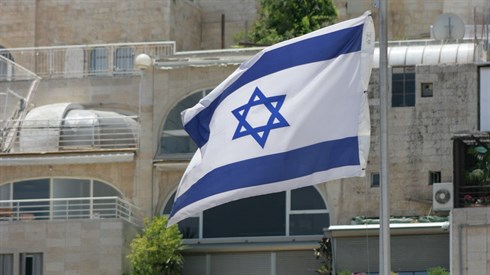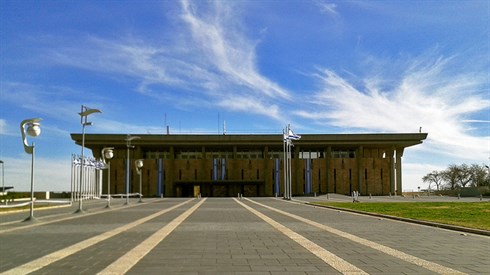- Family and Society
- Chuppa
798
Question
Is it better for a Chosen to be walked to the chuppah by his father and stepmother or his father and sister?
Answer
Shalom,
Thank you for your question. The Ashkanazi custom is for the bride and groom to each be accompanied to the chuppah by two people. These are called “shushbanim”. The standard custom today is that the parents of the bride and groom accompany them – in many communities the two fathers walk on either side of the groom, then the two mothers walk on either side of the bride. But in some communities the mother and father of each child walk with each of their children to the chuppah. This of course creates an interesting question of what to do when the parents are not able to accompany their children – either because they have passed away, or because they are no longer married to each other.
It is important that the shushbanim be either a married couple, or a father and his daughter, or mother and her son. But not a man with another woman, even if she is single, even if she is his mother in law, or relative (see Nisuim BeHalacha, 12, 16 hebrew). There are those that forbid a divorced couple also. There is some discussion as to whether a couple who are in a second marriage should be shushbanim or not. Some do not advise this, others allow it if one of couple is married for the first time (and only for one of them it is a second marriage). Others make other distinctions (see ibid 12, 17).
Based on this, in answer to your question, it would seem that the father and daughter option is better the the father and step-mother option.
However, all of this should be put in perspective – this is a custom, and not an outright rabbinic law. Because of this the Rabbi preforming the wedding should be consulted, and the situation should be discussed as to what will be the most appropriate thing to do, taking in consideration people's feelings and emotions. If choosing one set of shushbanim over another will cause pain or insult, then there is good grounds to have any two people accompany the bride and groom. (I have seen lovely chuppot where the bride and groom where accompanied “down the aisle” by people we would normally not choose to be shushbanim – such as a convert's non Jewish parents – and then they stopped just before the chuppah, when the Rabbi and his wife came out to greet them, and walked them the last few steps under then chuppah. I have also heard from a major Torah scholar that the normative practice of this custom should be put aside completely if it may cause sadness or pain to the bride, groom, or their parent's on their day of joy).
May the couple be blessed with only blessings to build a faithful house in Israel.

Sefira observance on Yom Haatzmaut
Rabbi Chaim Tabasky | 7 Iyyar 5766

On which day may one start wishing "Shabbat Shalom"?
Rabbi David Sperling | Iyyar 9, 5780

Shaving for Yom Haatzmaut
Rabbi Yoel Lieberman | Nisan 24, 5770

Trimming the beard
Rabbi David Sperling | Iyyar 16, 5782

Gentile inferiority due to genetics.
Rabbi Yoel Lieberman | Adar 6, 5785

Bedikat chametz
Rabbi David Sperling | Nisan 11, 5785

Blessing for non jew
Rabbi Yoel Lieberman | Nisan 23, 5785




